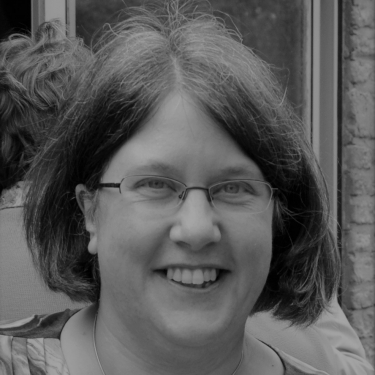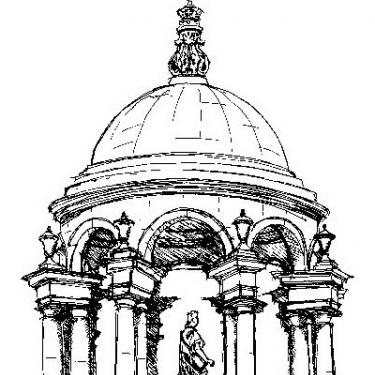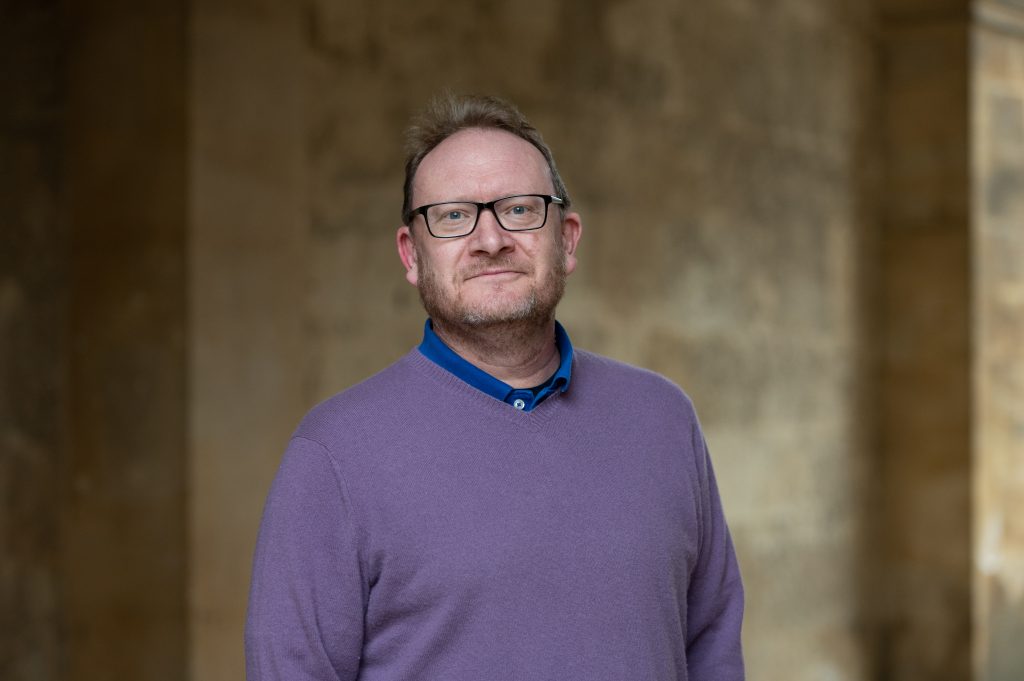Admissions
The standard entrance requirement is now A*A*A with the two A*s in science/mathematics.
The course
The Chemistry course in Oxford consists of a single four-year course. Students can specialize in their preferred area(s) of chemistry by taking supplementary subjects in the second year and by choosing from a variety of options in the second half of the third year. One of the distinctive aspects of the course is that the fourth year is fully given over to carrying out a research project within a research groups selected by the student. This can be within the Department of Chemistry or in related laboratories, with the breadth of projects on offer spanning areas as diverse as theoretical chemistry, measurement and synthesis through to applications in chemical biology and medicine. A number of Queen’s students in recent years, for example, have worked on applications of chemistry in medical imaging with the research being based at the John Radcliffe Hospital site. Students typically find this part of the course particularly enjoyable.
Teaching
Teaching in Chemistry consists of lectures and practicals organized by the Chemistry department, and tutorials in Inorganic, Organic and Physical Chemistry and Maths (first year only) organized by the college tutors. For supplementary subjects and third year options, lectures are supported by departmental classes.
Interviews
Our selection process in Chemistry includes two interviews that are designed to assess a candidate’s potential for the course, taking all factors into account and not simply his or her current ability as reflected in examination results. In these interviews, the candidates should expect to be tested on their mathematical ability, as well as their understanding of chemistry. Many candidates will also receive one more interview at another college.
Courses
- MChem Chemistry (4 years)





